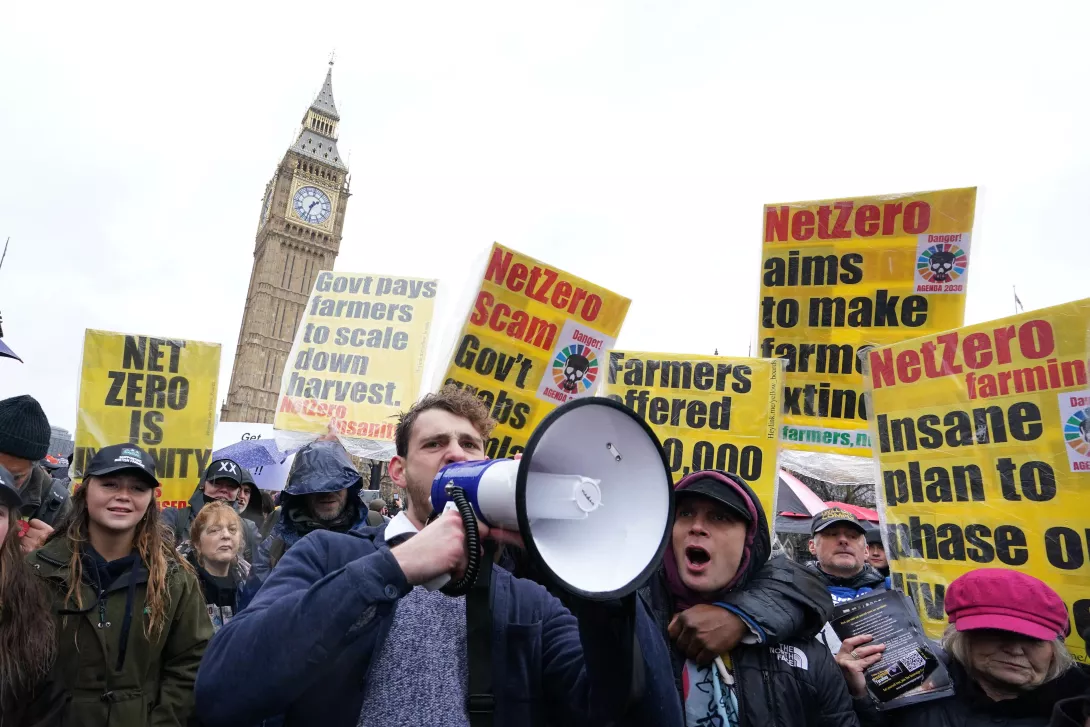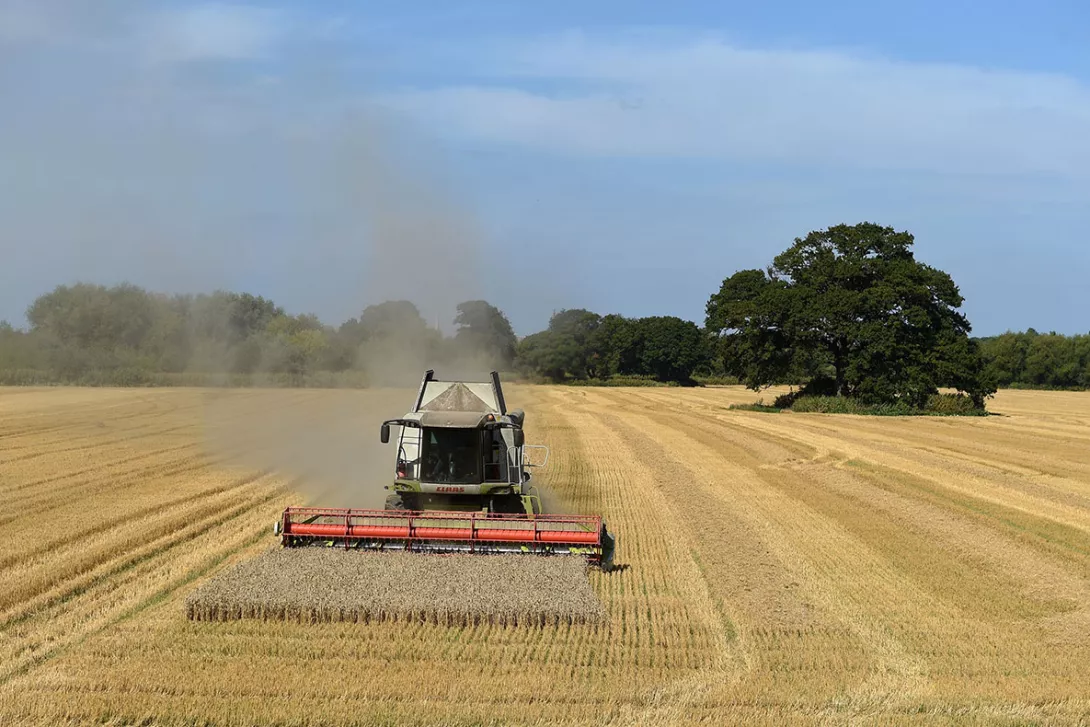The proxy war in Ukraine is heading to a denouement with the US and Russia dividing the spoils while the European powers stand bewildered by events they have been wilfully blind to, says KEVIN OVENDEN
Plaw Hatch Farm and Tablehurst: a socialist countryside prefigured?
These twin Sussex co-ops selling their produce directly to locals offers a glimpse of a future of sustainable, democratised food production – all in harmony with nature, says DAVE BANGS
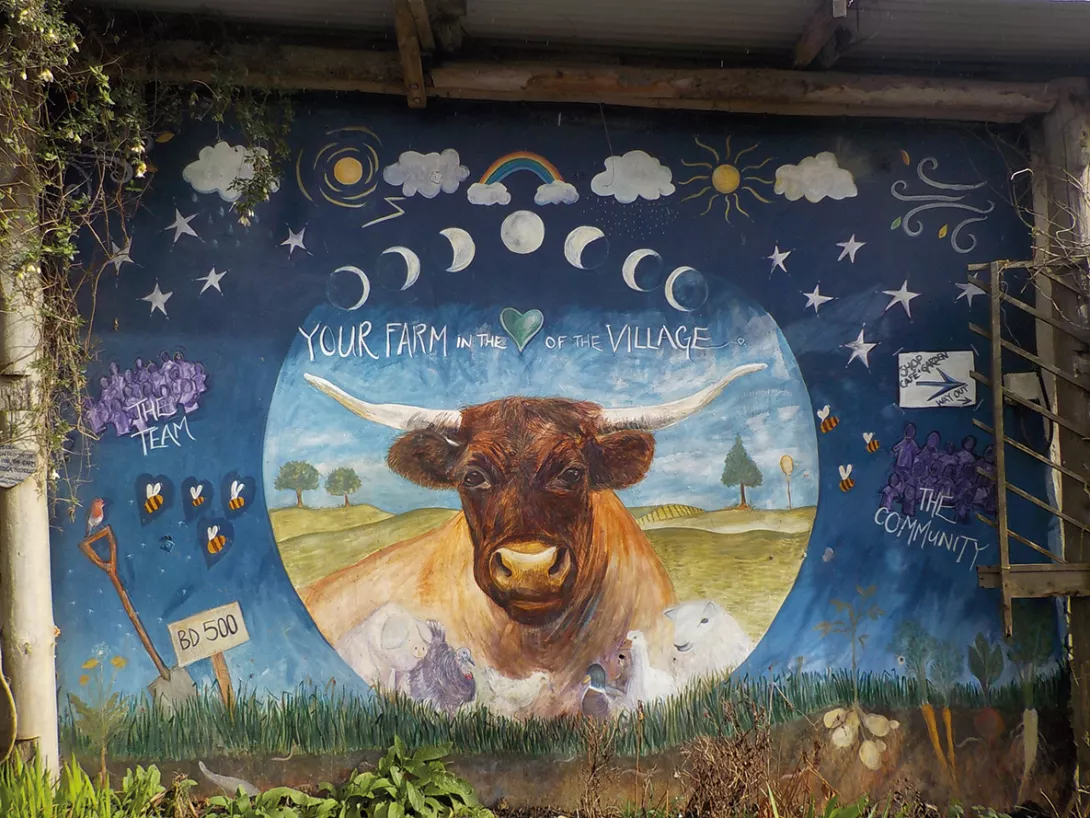
MOST socialists who love the countryside and nature will have ideas about what a socialist countryside would be like. They may have model projects that they think prefigure that future.
For myself, those ideas would include the return of land-based labour on a large scale to the countryside and the long-term replacement of giant cities by a settlement pattern that combines the advantages of urban and rural living.
Something, maybe, like the pattern of the best of the old South Yorkshire coalfield, where industrial mining villages were scattered in a lacework of woods, rich farms of corn and pasture, lakes, small meandering rivers, grazing marsh and moor.
More from this author
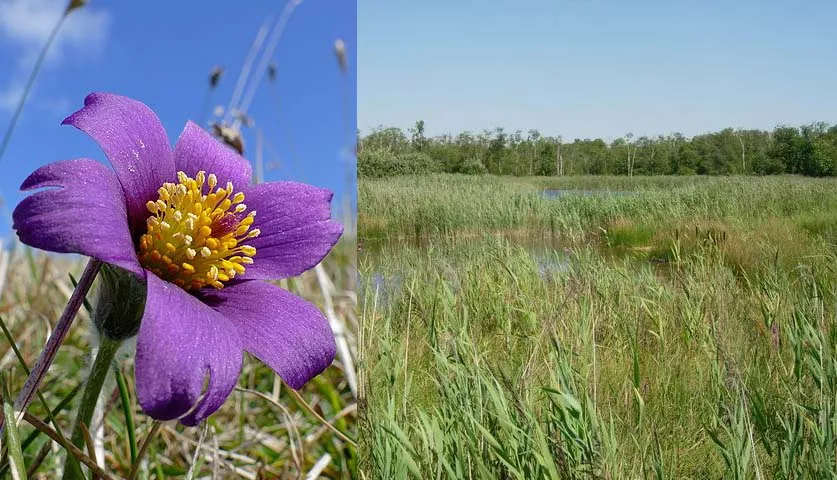
From John Clare country to ancient fenland, Ed Miliband’s solar farm approvals risk industrialising precious rural spaces — we must find greener solutions that don’t sacrifice our countryside’s beauty, writes DAVE BANGS
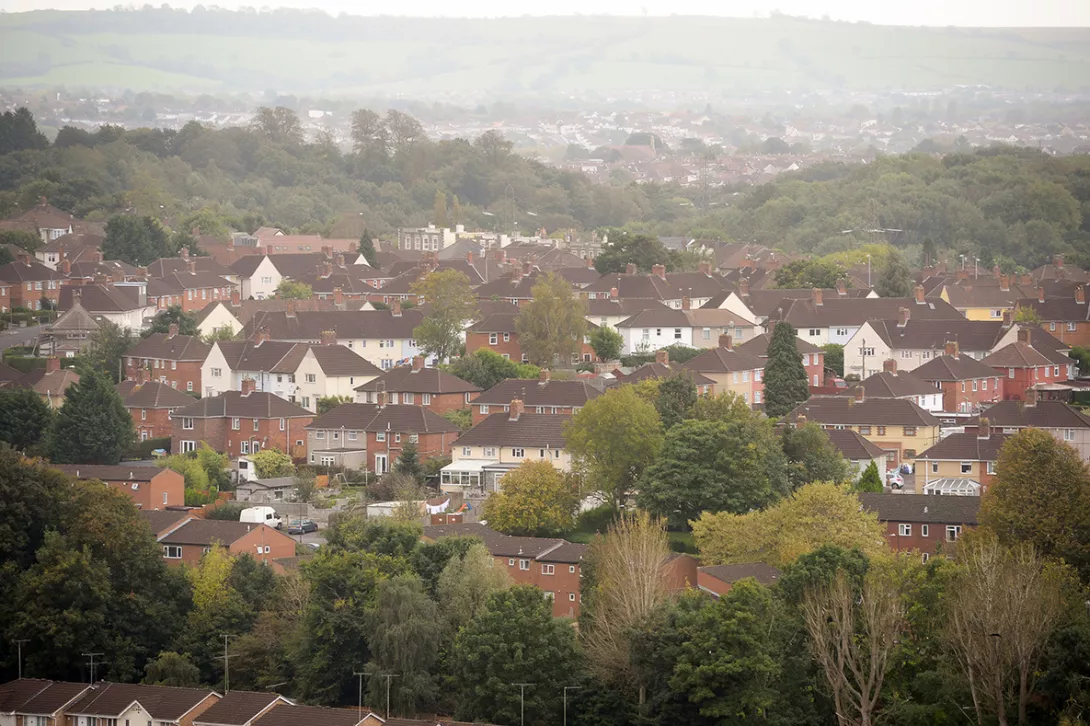
Decades of right to buy have eroded the social balance of our countryside — and now holiday lets and second home owners from the cities are compounding the crisis, writes DAVE BANGS
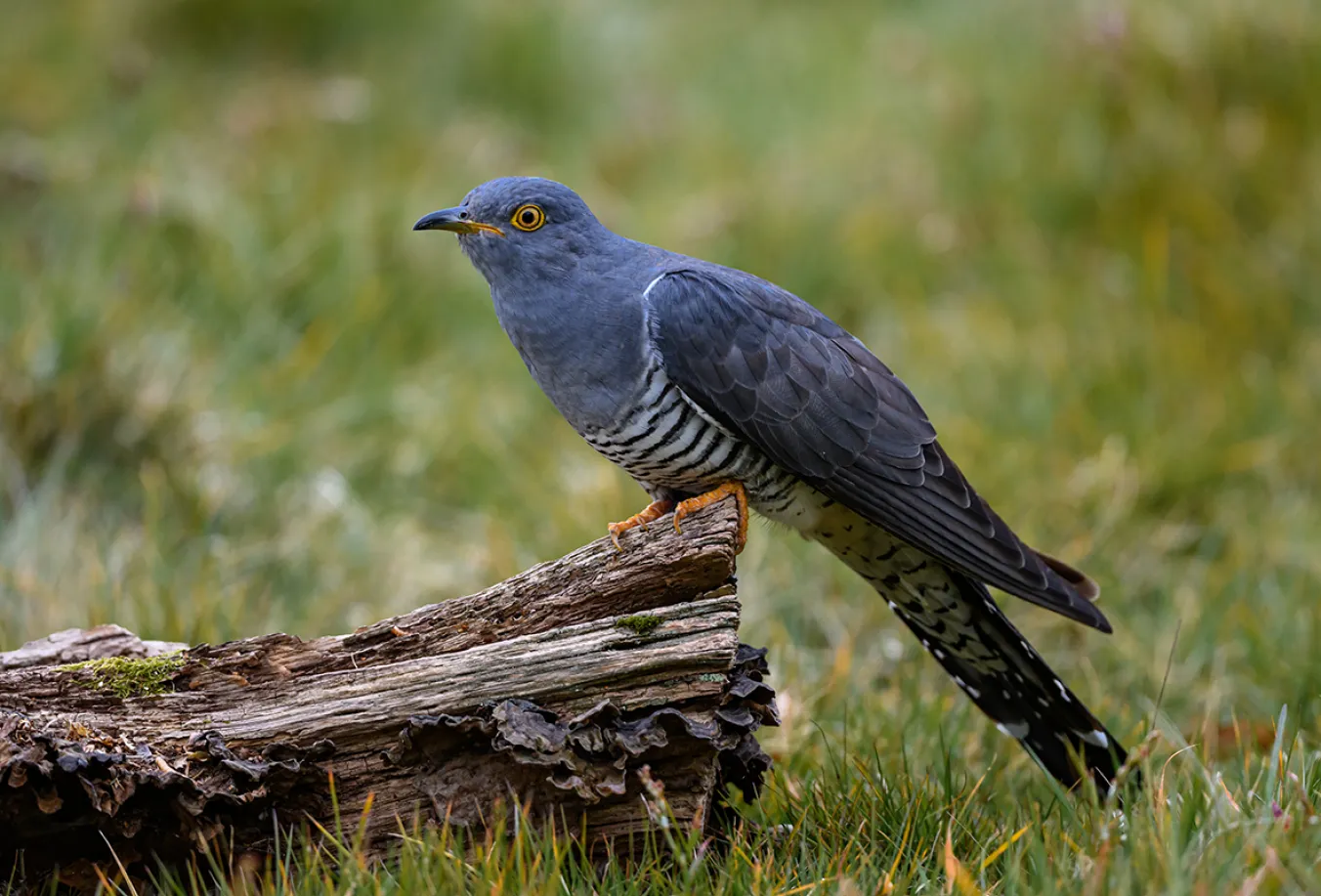
Spring has sprung in all its glory — but DAVE BANGS is disturbed by the absence of a crucial sound
Similar stories
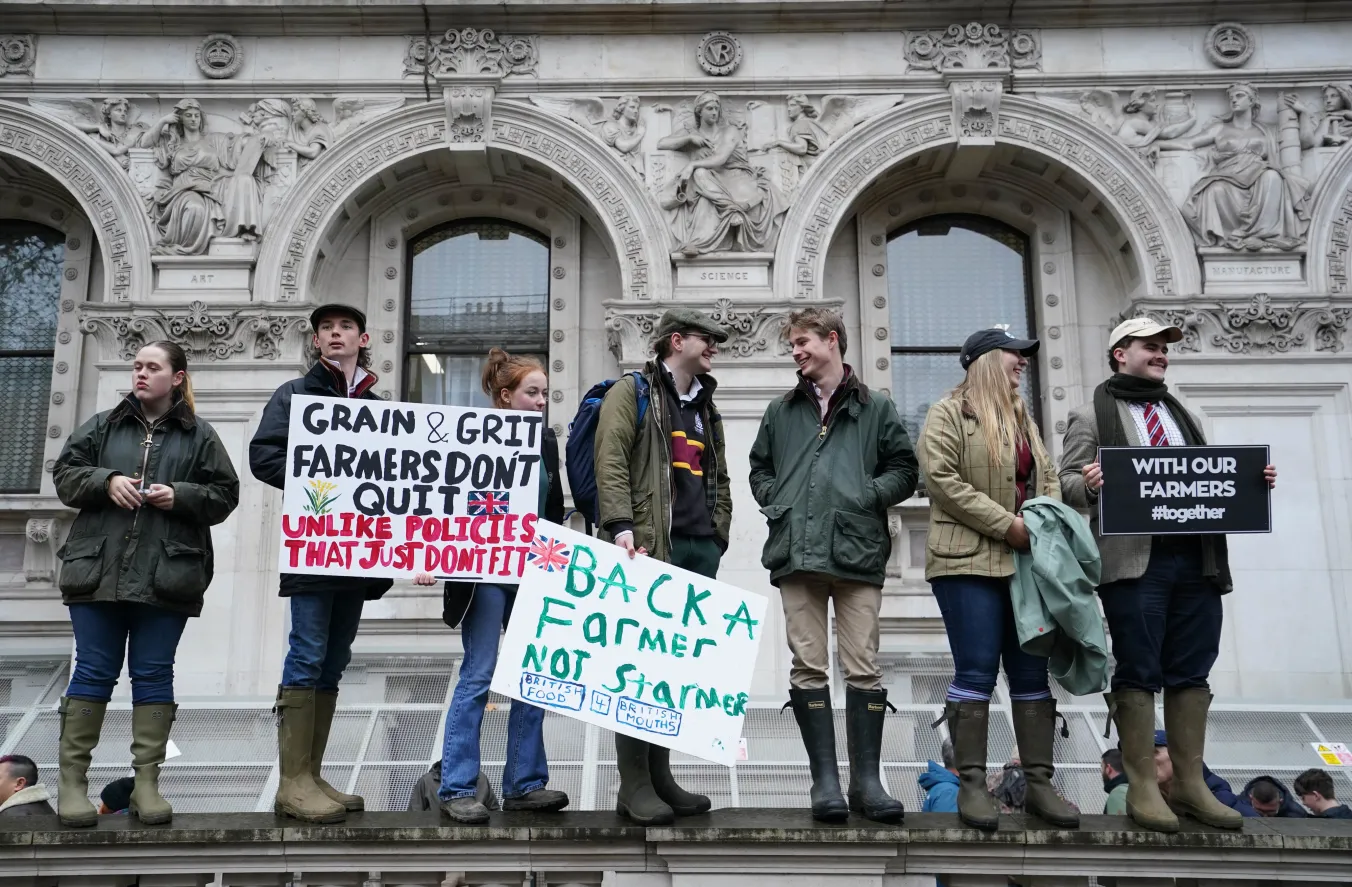
NICK WRIGHT sets the record straight on the controversy that has been whipped up by wealthy right-wing windbags like Clarkson and Farage, which will only really affect a tiny minority of super-rich land hoarders

From John Clare country to ancient fenland, Ed Miliband’s solar farm approvals risk industrialising precious rural spaces — we must find greener solutions that don’t sacrifice our countryside’s beauty, writes DAVE BANGS











